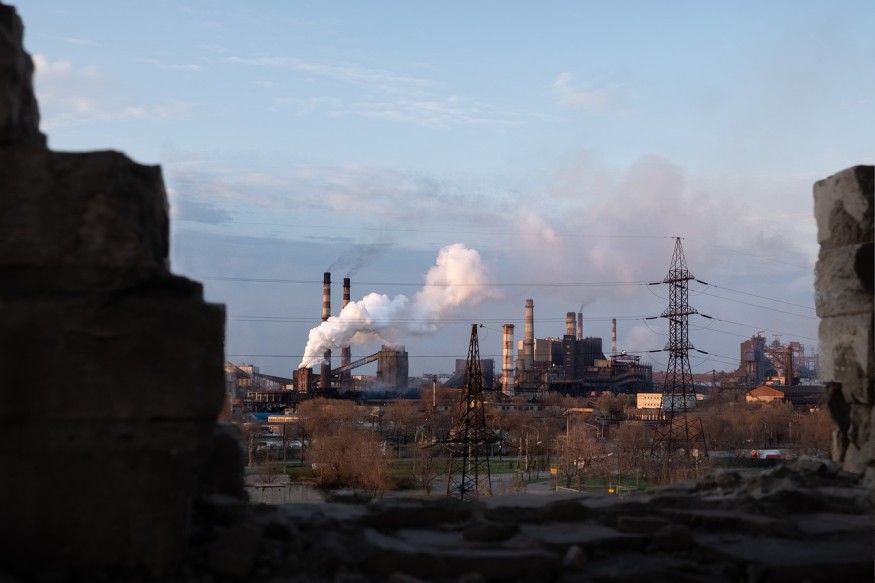It appears that reducing emissions of carbon dioxide (CO2) is not as easy as it seems. Last year, CO2 emissions were the highest worldwide, which is now in its fourth year. In comparing the carbon emissions of developed countries versus developing countries, they are significantly different.
The nations who are members of OECD or the Organization for Economic Cooperation & Development are composed of 37 wealthy countries. Their carbon emissions have been steadily declining for more than ten years; currently, they were now at about the same level two and a half decades ago.
However, countries that are not members of the OECD are only developing, and they are highly dependent on the use of coal, just as the OECD members once did. This is the leading cause of their high carbon emissions.

READ: US Cities Need Better Planning to Accommodate the Growing Number of Cyclists
The Impact of Developing Nations
Another primary reason for the high carbon emissions is that most of the world's population are in developing countries. Per capita, their emissions are indeed low, but their incomes continue to increase, especially with a growing middle class. Their increasing emissions per capita impacts global emissions significantly.
With 4.3 billion living in the Asia Pacific region alone, this is already 60 percent of the entire world population. These countries' people, which number in billions, are gradually increasing per capita emissions, which drives the region's emissions to higher than double the combined level of US and EU emissions. Many Asia Pacific nations are the most top carbon emitters and carbon growth.
It is the reason that carbon emissions are so hard to curb because developing countries and China can rightfully say that their per capita emission is low compared to developed Western nations.
READ ALSO: Spikes in Power Costs and Pollution Linked to California's Worst Drought
Emissions from the East
A Chinese citizen emitted seven tons of carbon dioxide last year, which was less than 50% of that of the American citizen. Meanwhile, India only has 1.8 tons of carbon emissions per capita.
This makes it hard for developed nations to sanction India and China on emissions because the West's emissions are very high.
Still, it is a fact that worldwide emissions are higher in developing nations for two decades now. This is expected to continue, so there isn't any chance to curb carbon emissions unless emissions are stopped in developing countries.
The Good News
However, there is still reason to hope. A silver lining exists in the current emissions data, showing how the growth rate of carbon in 2019 is only 0.5 percent, which is more than half below the yearly average of 1.1 percent that has been recorded for the past decade.
Besides, due to the coronavirus pandemic, carbon emissions are expected to decrease in 2020 severely. However, in the long run, we cannot expect the trend to continue as the epidemic is sure to end soon enough.
There is a need to phase out the use of coal for generating energy in developing and developed countries to lower carbon emissions. The focus must be made on the exponential and continued growth of renewable energy to get sustainable results.
READ NEXT: Major US Ride-Sharing Company, Lyft, Commits to 100% Electric Vehicles by 2030
© 2025 NatureWorldNews.com All rights reserved. Do not reproduce without permission.





